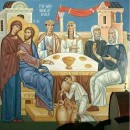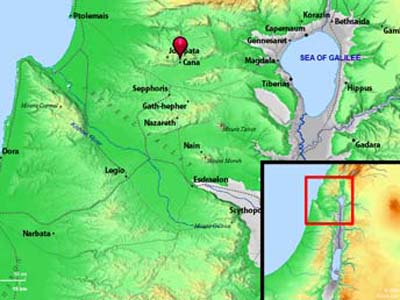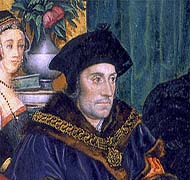Gospel Story: They Have No Wine Left

The miracle at the wedding feast of Cana is one of the best-known of Jesus’s miracles, familiar to all of us because of the originality of the miraculous action, and for the role that Mary, the mother of Jesus, played in it.
As the details of the story are known to us, let’s try to grasp the meaning of this miracle.
John calls his miracles “signs”, and this is the very first of the seven miracles he records in his Gospel.
They are called “signs” not merely to encourage belief, which they do; but also because they “point out” Jesus as who he really is, and illustrate his true character with an increasing clarity. As John comments at the end of this story, “this is the first of the signs by which Jesus revealed his glory, and led his disciples to believe in him.”
In the Church, the sacraments are “signs”: they confirm us in our faith, and they lead us ‘in the name of Jesus’ to share the very life of God. Just as the disciples recognized who Jesus was in this first “sign” at Cana, so too the Church is led by faith to recognize Jesus present today through his sacraments.
Something similar may be said of “the mother of Jesus” and the role she plays. Interestingly, Mary is never referred to by her proper name in John’s Gospel.This is because Mary is represented not as a historical character, but in her role in the history of salvation. In other words, Mary is the mother of the ‘new life’, the life of faith, the life of all who live through God’s Word. She is not just the earthly mother of Jesus. The first woman was Eve, the “mother of all the living”.
Mary is addressed here as “woman” – not out of awkwardness, as is sometimes argued – but because she is the new Woman, mother of the Church and of all who believe in the Word. This is also the way in which Jesus addresses her when hanging on the cross.
In this sense, Jesus will grant her request at Cana: her power of intercession is effective only in virtue of Jesus’s subsequent glorification, in virtue of his saving mission. But even though that “hour” has not come, it is anticipated, and Mary’s request is granted.
In his own way, therefore, John’s Gospel presents Mary’s unique role in the saving mystery of Jesus’s ministry, his death and resurrection.
- 44936 reads
 Printer-friendly version
Printer-friendly version


